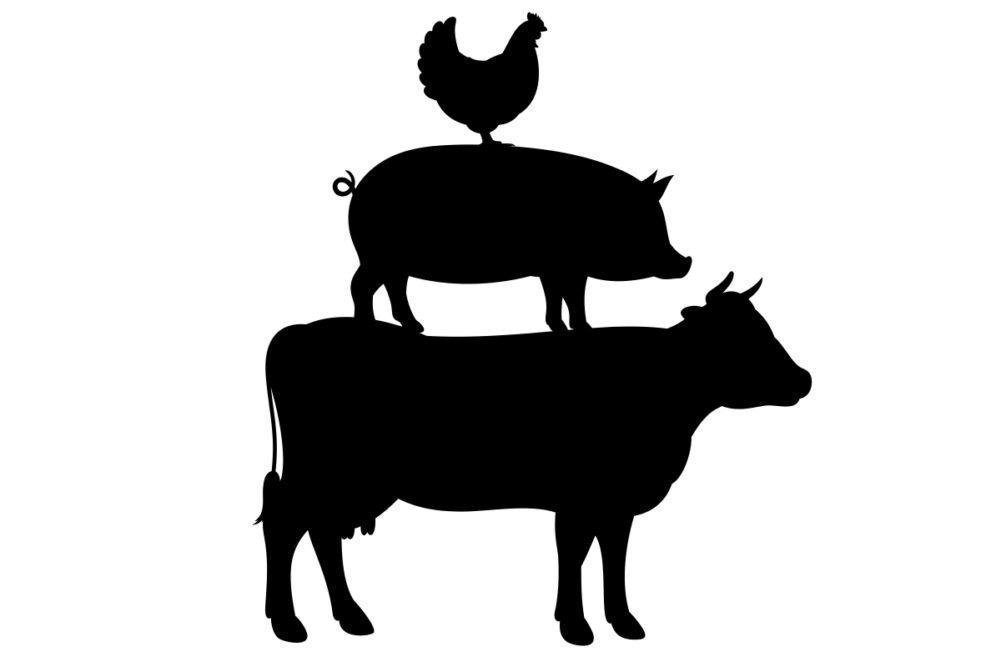UTRECHT, NETHERLANDS – With modest growth projected for meat worldwide, Rabobank and Rabo AgriFinance shared their latest Global Animal Protein Outlook for 2023.
In the analysis, the group stated that the industry would continue to face high costs in the supply chain along with much variability in consumption habits. However, global production should rise again next year despite the various economic factors.
“Some animal protein companies will see 2023 as a year to recalibrate their growth expectations and plans,” said Justin Sherrard, global strategist for Animal Protein at Rabobank. “Some companies will maintain a near-term focus and strengthen agility so they can roll with the cyclical changes. Other animal protein companies will focus on longer-term growth and start investing and positioning for success given the structural changes ahead.”
Rabobank also expected producers and processors to intensify their emissions commitments which will require more investment in areas like smart data to make their operations and supply chains more sustainable.
“There is then the greater challenge of how animal protein companies approach the next decade of growth, not simply the next year,” Sherrard added. “Structural changes in the market, such as increasing awareness of carbon footprints and a proactive approach to managing disease, offer opportunities for the most forward-thinking companies to invest and prosper. In other words, it is now decision time.”
Managing diseases like highly pathogenic avian influenza and African swine fever with technology will also be crucial going forward. Some examples given were sensors that can recognize unusual animal movements and predictive technology to limit herd loss.
In North America, Rabobank highlighted beef in the outlook saying the market would contract as the US cycle turns and enters a multiyear decline. For poultry, expansion is expected despite the pressures of diseases. The pork industry is expected to see increased production that should stabilize with reduced herd losses and better health.
Europe's production was projected to come under pressure for all species for disease risks, market and regulatory-driven changes and reduced exports.
Brazilian beef production expects to expand, according to Rabobank, with the support of exports. Gains are also expected for the other animal protein sectors.
For the China market, pork production should see marginal growth in 2023 with foodservice restrictions that still restrict demand. However, poultry is projected to expand slightly with higher costs and uncertainties.
“Pork market demand will likely see moderate growth in 2023, as COVID restrictions are expected to ease,” Rabobank said. “Further ahead, there is limited upside potential for pork consumption, and Rabobank expects more processors to focus on processed and value-added products.”
Pork production appears ready to recover in Vietnam and the Philippines as the risk of African swine fever continues to recede. Southeast Asian countries are also seeing poultry production expand again as demand channels continue to recede.
Stay up to date on the latest pet food processing industry headlines on our News page.



